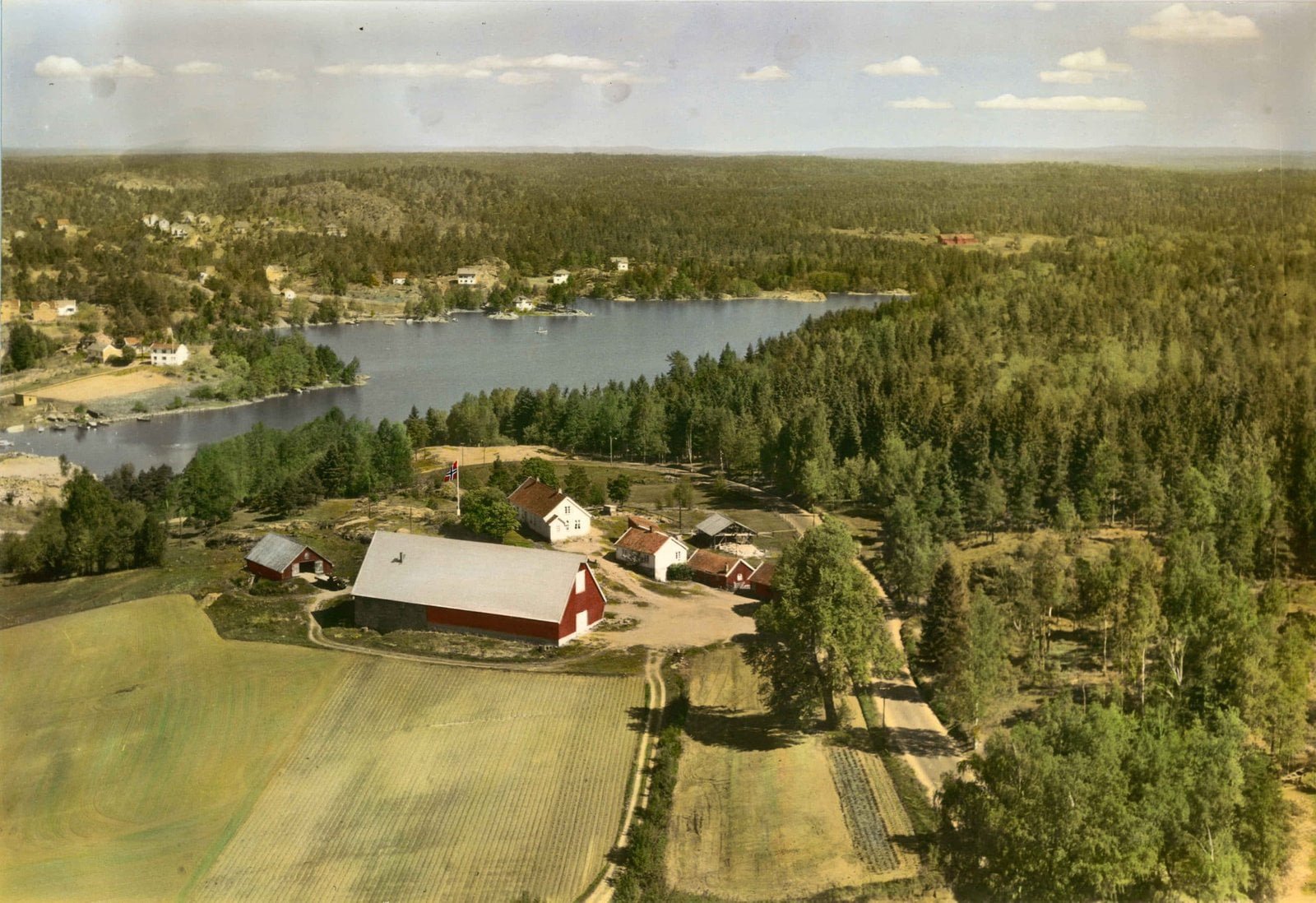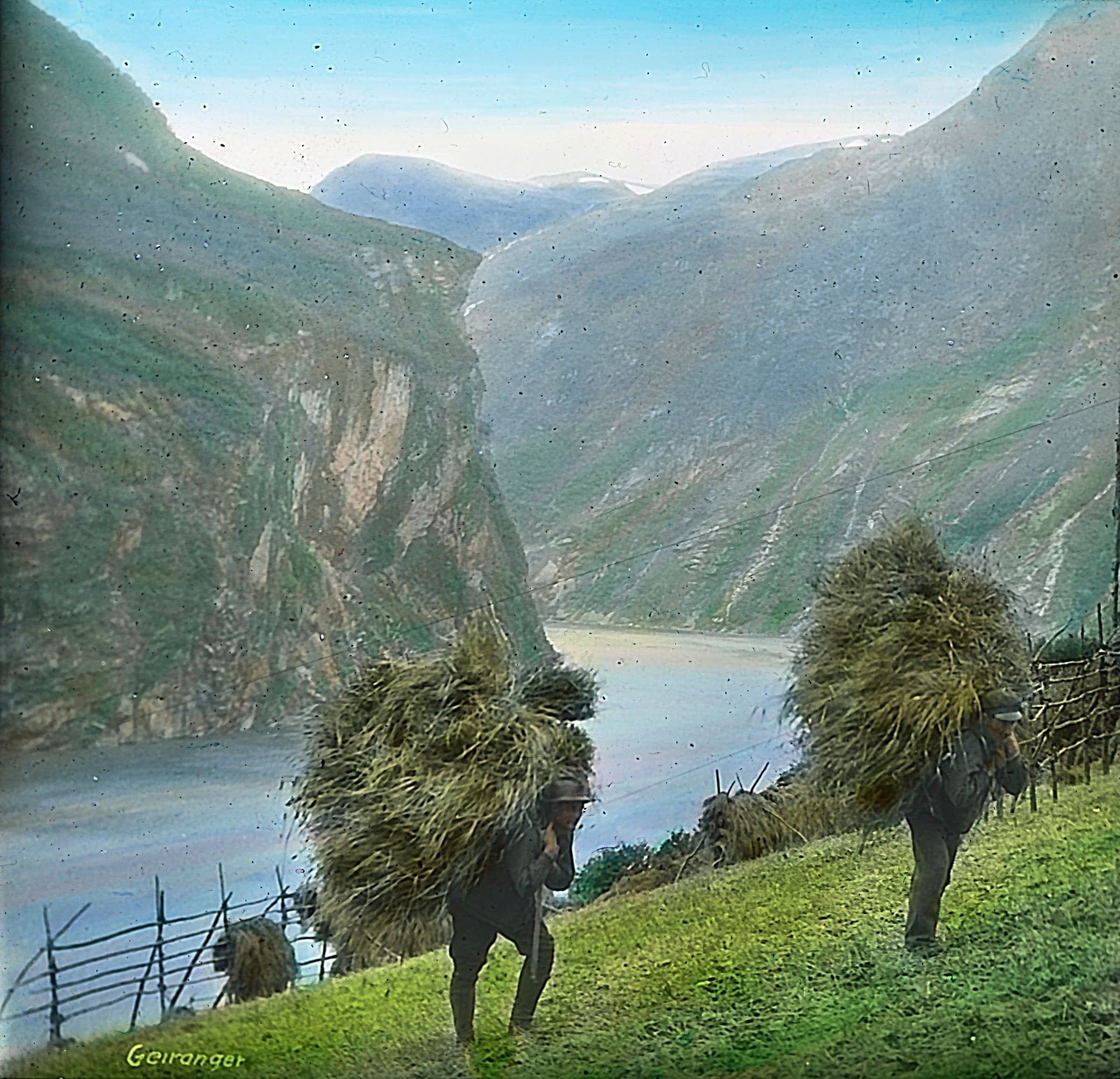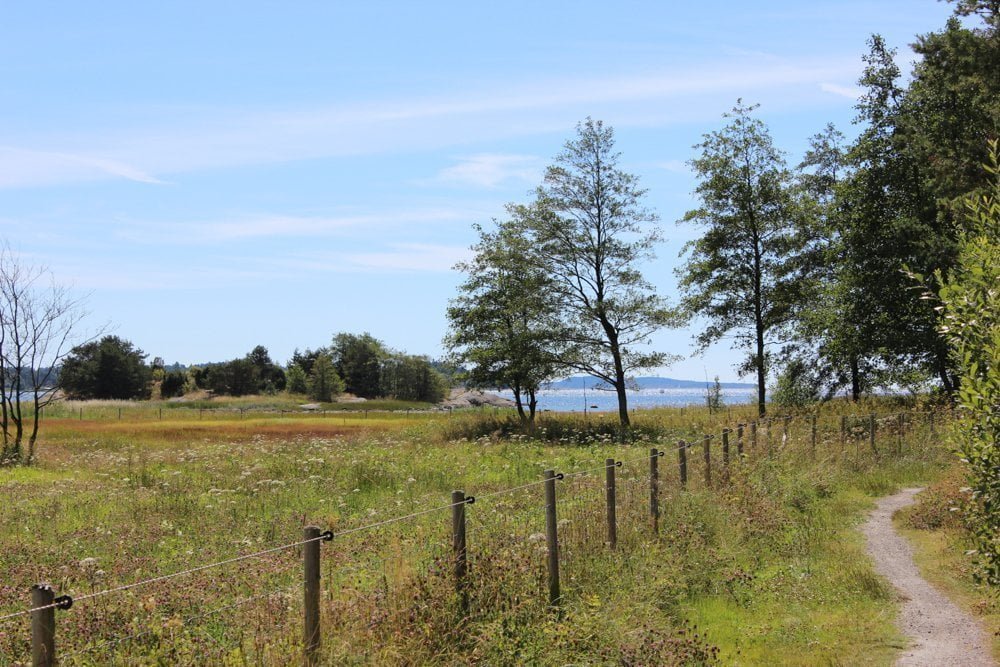Let us begin with the 1769-census
In 1769, when Norway was a province under Denmark and was ruled by the Danish king, it had a population of 723,000. 91% of the population lived in rural areas. For thousands of years, hunting, fishing, gathering, farming, and related livelihoods had been the backbone of the Norwegian way of life.
During the 1800s, the population increased significantly. By 1855, it had doubled, to 1,490,000; with 83% still living in rural areas.
When we consider that only 3% of mainland Norway is agricultural land, and that industrialised farming had not yet had its breakthrough, then we can begin to see how the increased population put the old societal structure under immense pressure. There was only so much farmland to go around.
However, two major elements came to the rescue: (1) the Industrial revolution – and (2) a large-scale emigration.
Emigrants and cities
Between 1850 and 1950, almost 1 million Norwegians emigrated, predominantly to North America; and Norwegian towns and cities began to take shape.
A large portion of the emigrants had roots stretching deep into the age-old Norwegian hunting, fishing, and farming culture. In America, the emigrated families got a few more generations to adjust to a transforming world.
In 1946, Norway’s population was 3,157,000, of which 50% now lived in urban areas. Today, the population has passed the 5 million mark, with 80% living in cities, towns, and other urban communities.
In the bowels of Norwegian libraries
During the first half of the 1900s, enthusiasts born into the last generations of the old Norwegian hunting, fishing, and farming communities meticulously documented the old ways of life: practical wisdom handed down through a millennia-long string of generations. In the bowels of Norwegian libraries and archives, now sleeps this treasure trove of ancient knowledge.
EGP.00030











